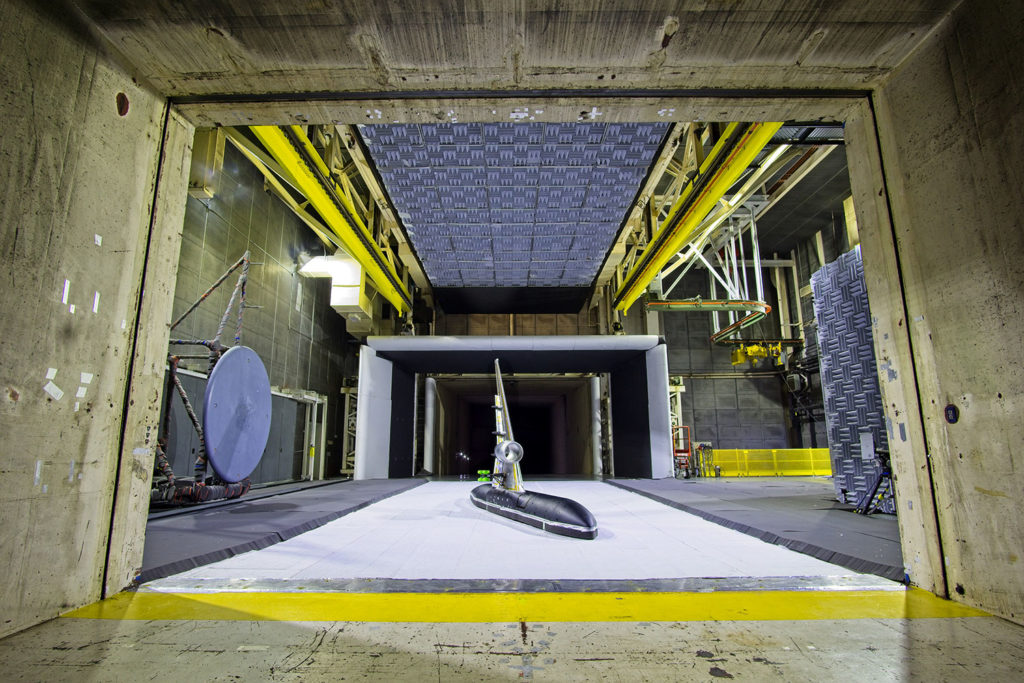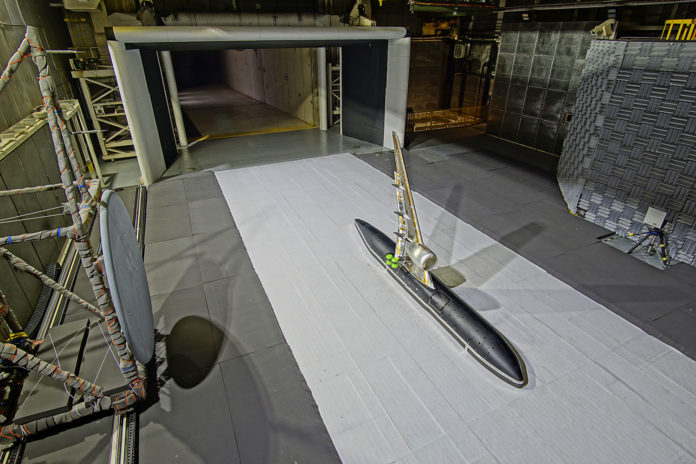Loud aircraft noise during take-off and on a low approach to a runway is nothing new to those who live near airports, but it is a constant complaint. Researchers at NASA’s Langley Research Center in Hampton, Virginia, are building an experimental leading-edge wing design with the intention to reduce the noise caused by aircraft during descent for landing or during ascent after take-off.
When it comes to aircraft noise pollution, the first thing that usually comes to mind is the roar of jet engines that propel the aircraft to fly in the sky. The fuselage, especially the wings, can also make a lot of noise due to the complex flow of air over the lifting and control surfaces. And when the plane is flying at low speed and at low altitude, the noise is maximum. Such a loudest aircraft noise is problematic on several levels.
A new aircraft wing design called the Quiet-High-Lift version of the Common Research Model (CRM-QHL) is being developed as a part of NASA‘s Advanced Air Transport Technology (AATT) Project. The AATT project is supporting a combined experimental and computational effort to better understand and mitigate the sources associated with slat noise.

This experimental model consists of a part of the fuselage that is divided in half from the middle and placed on the ground from the side. The new wing and its various parts, including flaps and other aerodynamic surfaces, engine, and landing gear, are installed on this body. By observing the wing’s performance in the wind tunnel, the researchers collect empirical data and then measure the noise produced using sophisticated computer modeling.
NASA engineers completed a round of testing in late January 2021 on a one-tenth scale model. The goal of January’s test in NASA Langley’s 14×22 subsonic tunnel was to demonstrate the effectiveness of slat noise-reduction concepts constructed out of shape-memory alloys. Researchers used both sound-dampening methods and an array of microphones to test the noise emitted from the wing.
After testing on a small version, the plan is to pass on large-scale wind tunnel tests to develop the technology to the point where it can be adopted by the aerospace industry.
The QHL-CRM will continue a series of additional tests during the spring of 2021 here at NASA Langley as they continue to discover more ways to reduce the noise of passing aircraft.
